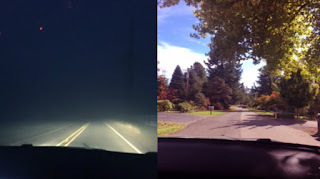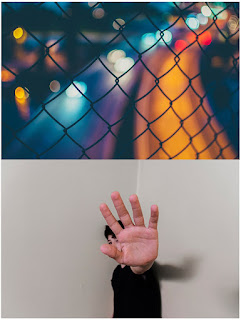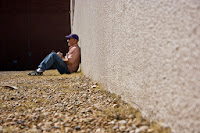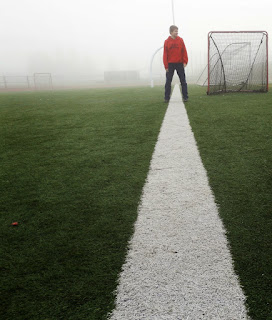To make images that are visual representations of what the two words - daydream & nightmare - mean to you, and to practice creative problem solving by thinking metaphorically and representationally.
DIRECTIONS:
This weekend themed project is about visual metaphor.
Visual metaphor is the representation of an idea through place/person/object/time/composition/color/etc.
First: Think of nightmare. What does that mean to you? What is the first picture that comes to mind? THAT could be your starting point.
Next: With what you have access to in your personal life, how can you photograph THAT idea in way that will produce a well lit, purposefully composed, and good image?
1. Make 3+ photographs that represent your definition of what a "daydream" looks like.
2. Make 3+ photographs that represent your definition of what a "nightmare" looks like.
2. Think outside the box to a sunny pleasant place...and inside to a dark corner of the box.
3. You will be putting together TWO diptychs next class, so will need at least THREE+ photographs of each idea.
4. Test your creativity in new and challenging ways.
NOTE: You must be in one of the photos in each diptych. No, do not make one of those ubiquitous selfies where you're trying to look good (booo!), but rather put yourself in the photo in some other way (yay!)
INSPIRATION:
Arthur Tress. CLICK HERE.
People lost in daydreams. CLICK HERE.














